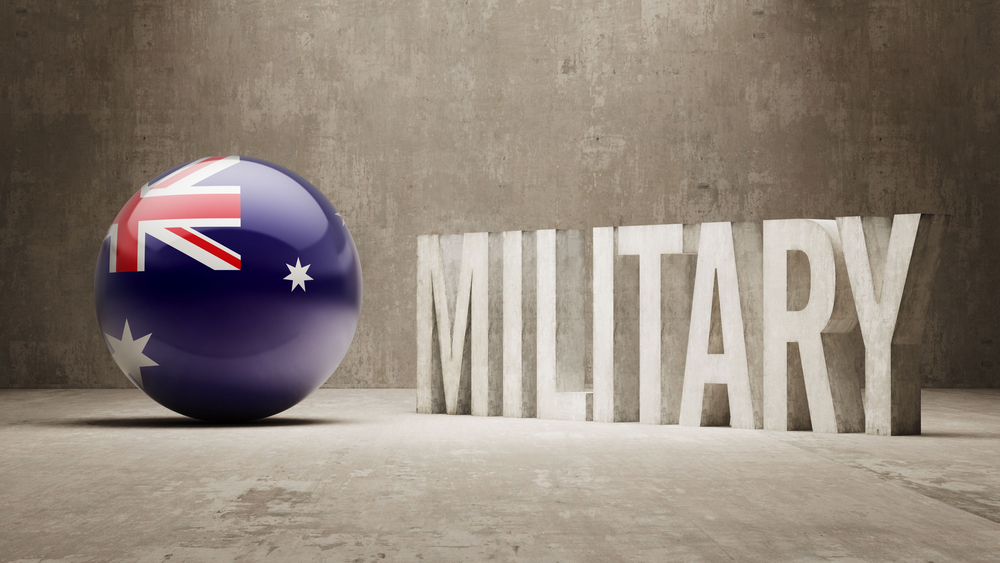We All Live in an Expensive Submarine

Please note that we are not authorised to provide any investment advice. The content on this page is for information purposes only.
Australia’s future submarine program is the largest and most complex defence procurement in the nation’s history. While technical issues to establish the ‘best’ submarine remain important, strategic, political and economic factors are key to Australia’s decision. The deal could have a significant impact on Australia’s regional relations and its ability to act independently within the region.
Australia’s future submarine program is the largest and most complex defence procurement in the nation’s history. While technical issues to establish the ‘best’ submarine remain important, strategic, political and economic factors are key to Australia’s decision. The deal could have a significant impact on Australia’s regional relations and its ability to act independently within the region.
There are three contenders in the current evaluation process. France’s state-controlled naval contractor is offering a conventional-powered version of the nuclear-powered Barracuda-class submarine and Germany’s ThyssenKrupp Marine Systems (TKMS) propose a Type 216 Class submarine, an up-sized version of the popular Type 214 submarine. The Japanese government has a proposal based on the existing Soryu class. None of these options is ideal for Australia’s requirements.
The contest between Japan, Germany and France has become increasingly bitter with sniping between the rivals. Recent reports suggest that competition among the bidders has led to the acquisition cost for Australia being at least AU$5 billion (about US$3.5 billion) less than expected.
Canberra is under huge lobbying pressure from the parties concerned. Japan has been accused of putting out false media reports that the Germans had been ruled out due to concerns about their ability to build larger submarines. These reports were subsequently denied by the Australian government and the Australian representatives of TKMS.
The Japanese Ambassador to Australia recently entered into the argument by publicly claiming that the technical risks of the European options were higher than those of the Japanese one. The Japanese claim it is difficult to convert a nuclear submarine to conventional power as the French are planning to do, or to double the size of a smaller submarine as the Germans are proposing. However, the Europeans are quick to point out that the Japanese have no experience in building submarines overseas in conjunction with foreign builders.
No Australian government could afford to choose a proposal that did not offer significant economic benefits for Australia. Each bidder has been asked to provide three estimates: one for construction overseas, one for partial assembly in Australia, and one for full build in an Australian shipyard. After some hesitancy by the Japanese interests, all three bidders now say they will undertake most construction work in Australia. So far, the European firms have been more successful than the Japanese in promoting the economic benefits of their proposals.
However, Japan boosted its credibility in this regard through negotiations with British companies Babcock and BAE Systems, which are well established in Australia. Babcock does maintenance work on Australia’s Collins-class submarines, including torpedo tubes and other parts of the weapons system. BAE Systems, which builds the United Kingdom’s nuclear submarines, employs 4500 people in Australia including on current naval shipbuilding projects.
Beyond the technical capabilities, political factors are central to the submarine decision both domestically and internationally. Domestically the decision is the subject of much political interest due to the perceived economic and employment benefits of the project, particularly for South Australia — the state most likely to build the submarines. The South Australian economy is stagnating and support for the federal government has dropped with several members of the ruling Liberal–National Coalition under threat of losing their seats.
Internationally, selection of the Japanese option would not be well received in China. It would be seen in Beijing as a sign that Australia is participating in the US–Japan effort to contain China. There is no doubting China’s economic importance to Australia. China is by far Australia’s biggest trading partner accounting for about 26 percent of total foreign trade in 2014–5, compared with Japan’s 12 percent. Australia’s trade with China has also continued to grow strongly over recent years, while trade with Japan has stagnated with relatively little growth.
The strategic implications of Australia’s decision are also significant. The decision is effectively a choice between Australia locking itself into an unofficial alliance with Japan for the next four decades or having some strategic independence within the region.
International submarine experts point out that a country operating a small fleet of submarines (12 boats or less) becomes locked into technical and logistic support from the country of origin of the submarines. Choosing Japan would be a solid affirmation of defence cooperation between Australia, Japan and the United States. This cooperation is actively promoted by both Tokyo and Washington as part of a broader balancing strategy against a rising China.
The United States is also a powerful player in the decision because the American systems preferred for the new submarines may be releasable to Japan, but may not be available with the European options. European firms build for the global submarine market and the United States could assess that if Australia selected a European option it could involve an unacceptable risk of leakage of highly classified data. This could prove to be the deciding factor.
Although the European options would provide longer-term strategic flexibility, it seems likely that the final decision will go the way of the Japanese. This will mean Australia’s submarines, as the most powerful component of its naval forces, will be difficult to sustain if Australia is not acting in concert with Japan. Whether or not that is acceptable depends on Australia’s vision for its own grand strategy.
Strategy matters in Australia’s submarine deal is republished with permission from East Asia Forum




